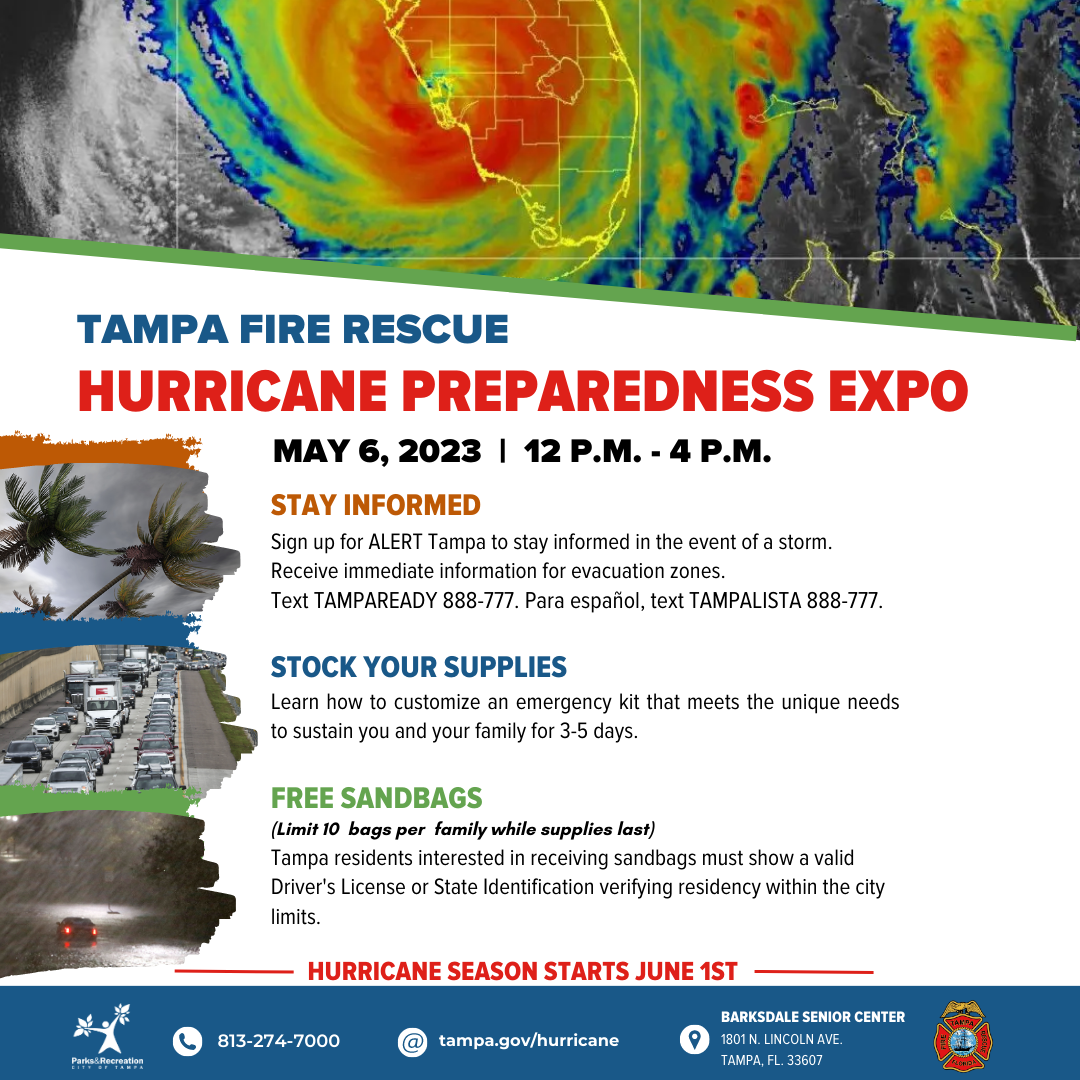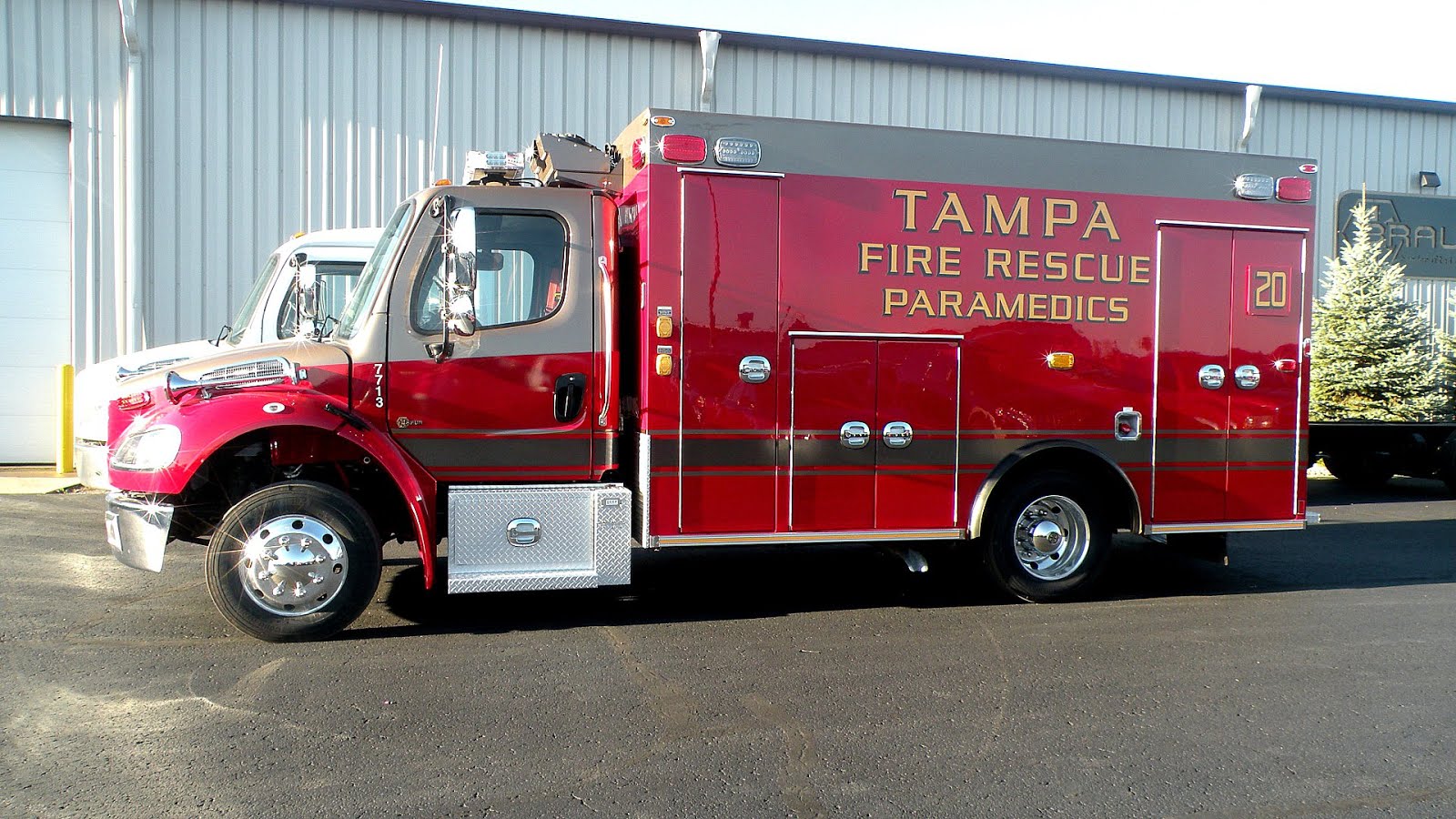When the flames of Tampa Fire roar through the city, it’s not just about the destruction—it’s a story of resilience, preparedness, and community spirit. From the first spark to the final embers, understanding the impact of fires in Tampa is crucial for everyone who calls this vibrant city home. Whether you're a resident, a firefighter, or simply someone curious about fire safety, this article dives deep into the world of Tampa Fire.
Imagine this—you're sitting comfortably in your living room, scrolling through social media when suddenly, a notification pops up. "Breaking News: Massive Fire Engulfs Tampa!" Your heart skips a beat. It's not just a headline; it's a reality that many residents face. Tampa Fire isn't just an isolated incident; it's part of a broader conversation about urban fire risks, climate change, and emergency preparedness.
So, why should you care? Well, fires in Tampa aren't just about property damage—they're about lives. They're about families losing everything they’ve worked for, businesses shutting down, and communities coming together to rebuild. This article is your go-to guide for everything you need to know about Tampa Fire—from its causes to prevention strategies and everything in between. Let's dive in!
Read also:Michelle Williams The Rise Of A Hollywood Icon
Before we get into the nitty-gritty, let's take a quick look at what we'll cover:
- What is Tampa Fire?
- Causes of Tampa Fire
- Impact on the Community
- Fire Prevention Tips
- Role of the Fire Department
- Technology in Firefighting
- Climate Change and Fire Risks
- Rebuilding After Disaster
- Emotional Impact on Survivors
- Final Thoughts
What is Tampa Fire?
Tampa Fire refers to any fire incident that occurs within the city limits of Tampa, Florida. These fires can range from small residential fires to large-scale wildfires that threaten entire neighborhoods. The term "Tampa Fire" has become a catch-all phrase for any blaze that makes headlines in the area, but it’s important to understand the nuances of each incident.
For instance, a kitchen fire caused by unattended cooking is vastly different from a wildfire fueled by dry vegetation and high winds. Understanding the type of fire you're dealing with is crucial for effective response and prevention.
Types of Fires in Tampa
Here’s a quick breakdown of the most common types of fires in Tampa:
- Residential Fires: Often caused by cooking accidents, electrical faults, or smoking indoors.
- Commercial Fires: Usually linked to industrial equipment malfunctions or chemical spills.
- Wildfires: Triggered by natural causes like lightning or human activities like campfires.
- Vehicle Fires: Caused by mechanical failures or collisions.
Each type requires a different approach to prevention and response, which we’ll explore in more detail later.
Causes of Tampa Fire
So, what exactly causes fires in Tampa? It’s a mix of human error, environmental factors, and sometimes, plain bad luck. Let’s break it down:
Read also:Man City Vs Chelsea The Epic Clash Of Titans In Modern Football
Human Factors
Humans are responsible for a significant portion of fires in Tampa. Whether it's leaving a candle unattended or discarding a cigarette butt carelessly, small mistakes can lead to massive disasters. According to the National Fire Protection Association (NFPA), cooking is the leading cause of home fires in the U.S., and Tampa is no exception.
Environmental Factors
Tampa's subtropical climate plays a role in fire risks. During dry seasons, vegetation becomes tinder-dry, making it easy for wildfires to spread. Add high winds to the mix, and you’ve got a recipe for disaster. Climate change is also exacerbating these conditions, leading to longer and more intense fire seasons.
Impact on the Community
When a fire strikes, the impact goes beyond the immediate destruction. It affects the entire community in ways that might not be immediately visible. Let’s take a closer look:
Economic Impact
Rebuilding after a fire can be costly. From repairing homes to replacing lost belongings, the financial burden can be overwhelming for families. Businesses that suffer fire damage may struggle to stay afloat, leading to job losses and economic instability in the area.
Emotional Impact
The emotional toll of losing your home or business to a fire is immense. Survivors often experience trauma, anxiety, and depression. Support systems, whether through family, friends, or mental health professionals, are crucial in helping them cope with the aftermath.
Fire Prevention Tips
Prevention is always better than cure, and when it comes to fires, it’s no different. Here are some practical tips to help you protect your home and loved ones:
- Install smoke detectors on every level of your home and test them monthly.
- Keep flammable materials away from heat sources.
- Never leave cooking unattended.
- Create a family emergency plan and practice fire drills regularly.
- Consider investing in a home fire sprinkler system for added protection.
Remember, fire prevention isn’t just about having the right equipment—it’s about being vigilant and prepared.
Role of the Fire Department
The Tampa Fire Department (TFD) plays a critical role in protecting the city from fire threats. With highly trained personnel and state-of-the-art equipment, TFD is always ready to respond to emergencies. But their job doesn’t stop at putting out fires—they also focus on education and community outreach to prevent fires before they start.
TFD offers programs like Firewise USA, which teaches residents how to create defensible spaces around their homes to reduce wildfire risks. They also conduct regular inspections of businesses and public buildings to ensure compliance with fire safety regulations.
Technology in Firefighting
Technology is revolutionizing the way firefighters tackle blazes. From drones that provide aerial views of fire scenes to thermal imaging cameras that detect hidden hotspots, modern tools are making firefighting more efficient and safer. Let’s explore some of the coolest tech being used today:
Drones
Drones are increasingly being used by fire departments to assess fire situations from above. They provide valuable information that helps firefighters make informed decisions, such as identifying areas where the fire is spreading or locating trapped victims.
Thermal Imaging Cameras
These cameras allow firefighters to see through smoke and locate heat sources, making it easier to find people or animals trapped in burning buildings. They’re also useful for detecting hidden fires that might not be visible to the naked eye.
Climate Change and Fire Risks
Climate change is a major factor contributing to the increase in fire risks worldwide, and Tampa is no exception. Rising temperatures, changing rainfall patterns, and more frequent extreme weather events are creating conditions that make fires more likely and more severe.
Scientists predict that as global temperatures continue to rise, fire seasons will become longer and more intense. This means that communities need to be more prepared than ever before to face these challenges.
Rebuilding After Disaster
After a fire, the road to recovery can be long and difficult. But with the right support, communities can rebuild stronger and more resilient than before. Here are some steps to consider:
- Work with local authorities to assess damage and determine next steps.
- Seek assistance from organizations like the Red Cross or FEMA for financial aid and resources.
- Consider using fire-resistant materials when rebuilding your home.
- Stay connected with your community to share resources and support each other.
Rebuilding isn’t just about physical structures—it’s about restoring hope and rebuilding lives.
Emotional Impact on Survivors
Surviving a fire can leave lasting emotional scars. Many people experience post-traumatic stress disorder (PTSD), anxiety, or depression after such an event. It’s important for survivors to seek help if they’re struggling to cope.
Mental health professionals can provide counseling and therapy to help individuals process their emotions and develop coping strategies. Support groups, where survivors can share their experiences and connect with others who’ve been through similar situations, can also be incredibly beneficial.
Final Thoughts
Tampa Fire is a reality that affects countless lives every year. But with the right knowledge, preparation, and community support, we can reduce its impact and build a safer future for everyone. Remember, fire safety isn’t just the responsibility of firefighters—it’s something we all need to take seriously.
So, what can you do today? Start by reviewing your home’s fire safety measures. Talk to your family about emergency plans. And most importantly, stay informed. Knowledge is power, and in the fight against fires, every bit of information counts.
Share this article with your friends and family to spread awareness. Together, we can make Tampa a safer place for everyone. Stay safe, stay prepared, and never underestimate the power of community!


